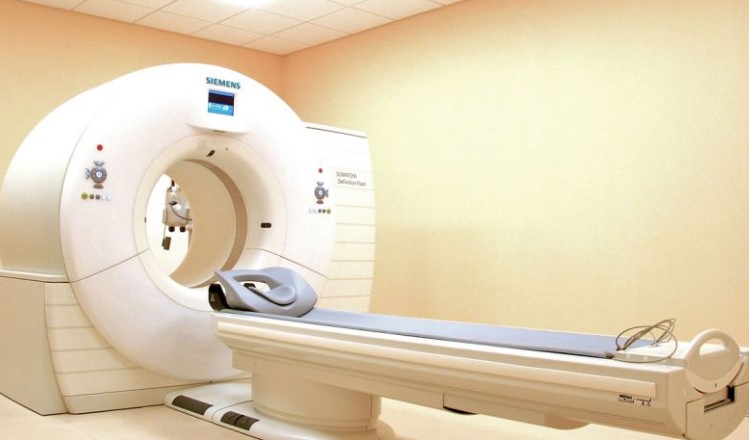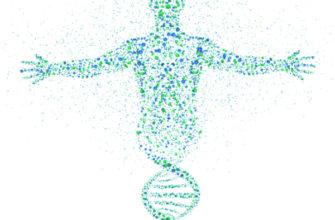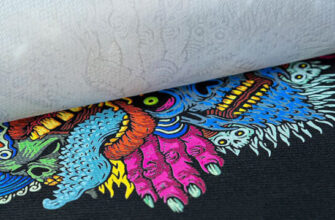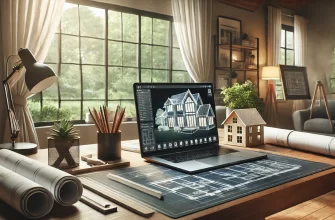CT diagnostics – This is a modern and informative method of examining internal organs and systems, based on the use of x -ray radiation and computer data processing. It allows you to obtain detailed and voluminous images of tissues and structures of the body, as well as identify various diseases and damage in the early stages. In this article, we will talk about, what Ct diagnostics, Why is it needed and how it goes.
What is CT diagnostics
CT diagnostics – This is a reduction from computed tomography, which is one of the types of radiological research. Computed tomography – method, in which the studied part of the body is irradiated by x -rays from different angles, and the obtained signals are processed by a computer and converted into layers – tomograms. Tomograms can be combined into three -dimensional images, which give a complete picture of the structure, density, relief and functioning of organs and tissues.
CT has several advantages over other examination methods, Such as ultrasound, X-ray or magnetic resonance imaging (MRI). These include:
- High accuracy and detailed images, which allow you to detect the slightest changes in tissues and organs;
- the ability to explore any part of the body, including bones, lungs, heart, Vessels, brain, etc.;
- A short time of research, which usually does not exceed 15-30 minutes;
- lack of need for special preparation for research, with the exception of some cases, when the introduction of a contrast matter is required;
- lack of pain and discomfort during research, with the exception of some cases, when the introduction of a contrast matter is required;
- the ability to conduct an outpatient study, without hospitalization and anesthesia.
However, CT diagnostics also has some disadvantages and restrictions, which include:
- The effect of x -ray radiation on the body, which can be harmful with frequent and prolonged irradiation, as well as in the presence of individual sensitivity or contraindications;
- the inability to examine organs and tissues, air or liquid, Such as the stomach, intestine, bladder, etc., without introducing a contrast matter;
- the inability to examine organs and tissues, containing metal, such as dentures, implants, Piercing, etc., since they can distort the image or cause artifacts;
- the need to observe immobility during research, What could be difficult for children, elderly people or people with mental disorders;
- the presence of contraindications for the study, such as pregnancy, allergies to contrast medium, Severe kidney diseases, hearts, thyroid gland, etc..
Why do you need CT diagnostics
CT diagnostics, which you can order in the clinic https://hbmedical.com.ua/, Need for that, to diagnose various diseases and damage to internal organs and systems, as well as to control their treatment and prevention. CT can be prescribed by a doctor in the following cases:
- If you suspect a tumor, who and that, abscess, hematoma, metastases or other neoplasms in any organ or fabric;
- In case of suspicion of inflammation, infection, hemorrhage, thromboses, aneurysm, stenosis or other disorders in any vessel;
- If you suspect a fracture, dislocation, Arthrosis, osteomyelitis, osteoporosis or other diseases of bones and joints;
- In case of suspicion of injury, injury, wound, Contusion, concussion or other brain damage, spine or spinal cord;
- If you suspect pneumonia, tuberculosis, Emphysema, Bronchial asthma, pleurisy or other diseases of the lungs and respiratory tract;
- In case of suspicion of ischemia, infarction, Angin, Arrhythmia, Congenital defects or other heart disease and cardiovascular system;
- If gastritis is suspected, ulceration, Polyps, diverticula, stones, cirrhosis or other stomach diseases, intestines, liver, gall bladder and pancreas;
- if appendicitis is suspected, hernia, Adnexitis, Mom, who and that, endometriosis or other diseases of the abdominal cavity and pelvis;
- If hypertension is suspected, hypotension, Hypertensive crisis, hypotonic collapse or other violations of blood pressure;
- If you suspect diabetes, hypertreenineosis, hypothyroidism, goiter or other diseases of the endocrine system.
How does CT Diagnostics go
CT diagnostics takes place in a special office, where is the computed tomography device, which is a large round device with a hole in the center, in which an X -ray pipe and detectors moves. Inside the opening is a couch, which the patient falls on. The couch can move back and backward, To move the patient inside the apparatus.
Before starting the study, the patient needs to remove all metal objects, Such as jewelry, clock, glasses, etc., as well as clothes, If it contains metal. It is also necessary to observe immobility during research, In order not to distort the image. Headphones or ears can be given to the patient, to protect the hearing from the noise of the apparatus, and remote control, so that he can contact a doctor or nurse if necessary.
In some cases, the patient may require the introduction of a contrast matter, which improves the visibility of fabrics and structures in the pictures. Contrast substance can be introduced into Vienna, In the muscle, to the cavity or to the lumen of the organ. A contrast agent can cause some sensations, Such as warm, Metal taste in the mouth, redness of the skin or nausea. These sensations usually pass quickly and are not dangerous. but, If the patient has an allergy to a contrast medium or other contraindications, He must inform the doctor or nurse about it.
During the study, the patient lies on the couch, which moves inside the device. X -ray tube and detectors revolve around the patient, Creating x -rays from different angles. The patient can hear the sounds of rotation and clicks of the apparatus. A doctor or nurse can ask the patient to hold his breath for a few seconds, to get clearer pictures. The study can last from a few minutes to half an hour, Depending on the study and the number of pictures.
After the study, the patient can dress and go home or in another office, If he is assigned other procedures. If the patient is introduced by a contrast medium, He can recommend him to drink more fluids, to lead it out of the body. The results of the study will be ready after a while, And they can be obtained from a doctor or on a website of a medical institution.












